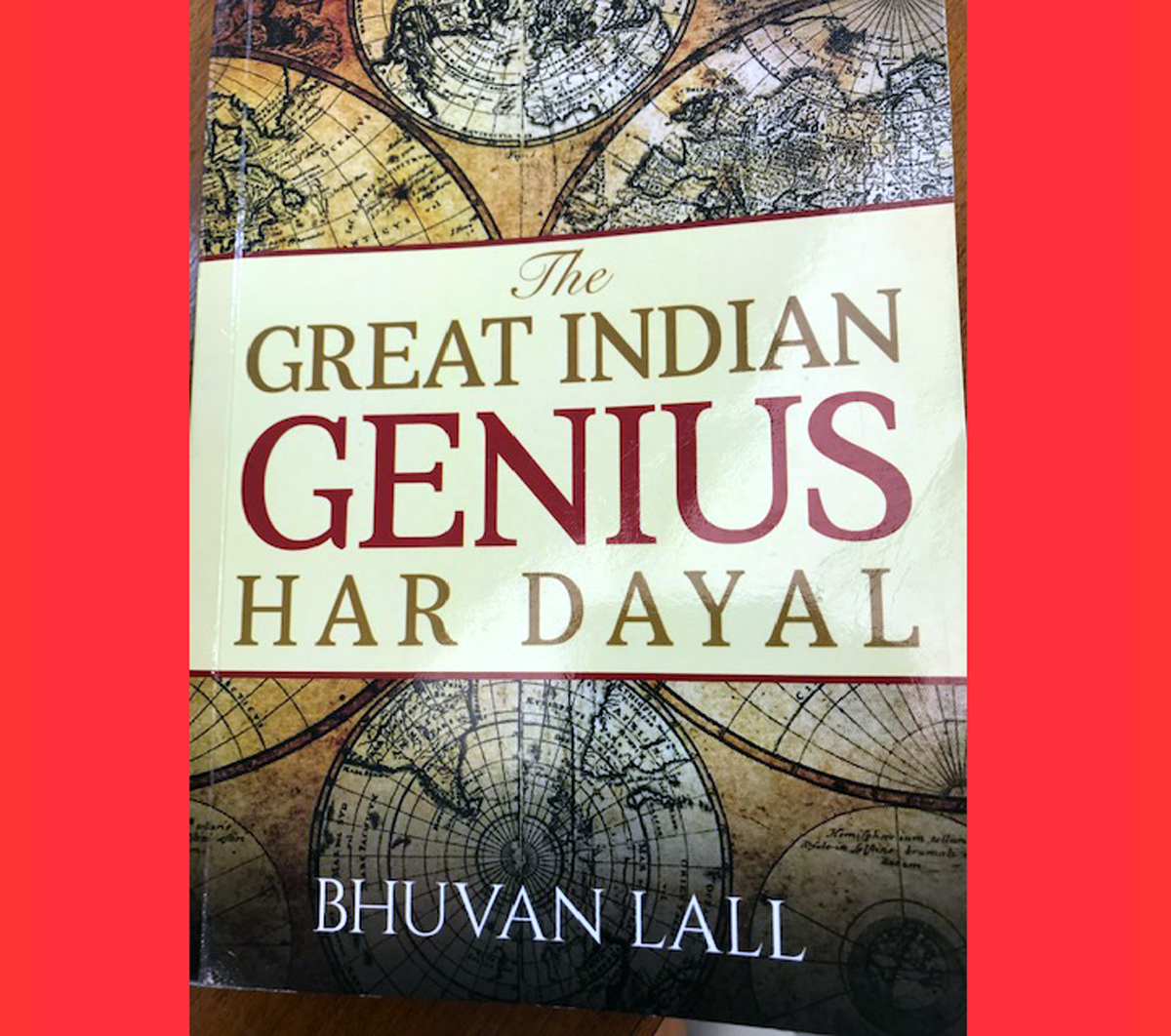Ashok Ogra
Early 20th century: at a time when Gandhi Ji was still in South Africa, a group of young Indians led by Lala Har Dayal were busy mobilizing support in the USA and other European countries for India’s independence from foreign rule. Har Dayal became the architect of the largest anti-colonial resistance movement abroad – the Ghadr Party- with California as the base. He strongly believed in armed resistance and revolt against the British.
This was the period when Indian immigrants had started migrating to the United States and Canada. They were mostly retirees from the British Indian army and farmers and unskilled workers from Punjab.
This time also saw a decent number of Indian students looking beyond Western universities and opting for leading American institutions for higher studies.
When working as a lecturer at Stanford University, he deployed his towering intellect to inspire – both the Indian laborers and the students – to raise their voice against the British, and also managed to substantially win over the local intelligentsia to speak in support of India’s just demand for independence.
This is what noted journalist Kushwant Singh had to say of those times: “while I was still at school, the one name that was on all lips as the paradigm of the ultimate in scholarship was that of Har Dayal. His name was always prefixed by two words, the great: he was the great Har Dayal.”
Unfortunately, not much has been documented and written on this great Indian revolutionary and his times, at least till now.
It is therefore gratifying that a detailed biography ‘THE GREAT INDIAN GENIUS: HAR DAYAL’ by Bhuvan Lall aims to fill in this missing link in our history. In the words of the Bhuvan, “Before Bose, much before Nehru and even before Mahatma Gandhi… there was Har Dayal.”
Founded in 1912 by Har Dayal and Sohan Singh Bhakna, the Hindustan Ghadar Party aimed to overthrow British imperialism using revolutionary means. It drew its name from the Urdu word for “revolution” and its slogan was, “Pay: death; price: martyrdom; pension: liberty; the field of battle: India.”
The story of Ghadr and revolutionary resistance movement is always entwined with that of young Har Daya who in his few years created some sort of cult following – both in India and abroad.
“On the morning of December 23rd, 1912, a powerful bomb targeted at the Viceroy Lord Hardinge exploded as he entered the capital city of Delhi. Though the assassination bid failed it brought back the spectre of Ghadr of 1857 and challenged the might of the British Empire. The British Secret Service-connected the bomb outrage to the brain of Har Dayal.”
In 1914, Har Dayal was still in the United States when the American government, under pressure from the British, came to arrest him on charges of spreading anarchist propaganda. The British had tried to force the Americans to deport Har Dayal, but that did not happen. He managed to obtain bail and moved to Berlin where other Indian revolutionaries in exile had set up the India Independence Committee.
In Paris, he edited a magazine called ‘VandeMataram’. He moved from Paris to Algeria and from there to Martinique where he led a life of asceticism.
The biography tells us everything about Har Dayal’s life. Born on October 14, 1884, he was the sixth of seven children of Bholi Rani and Gauri Dayal Mathur who lived in Old Delhi. His father was a Reader in the District Court. He was a brilliant student all through. He did BA in arts from Delhi’s St Stephens College and went on to earn an MA in English from Punjab University, Lahore where the noted poet Muhammad Iqbal was his teacher. He earned a scholarship to study at Oxford University and finally went to the reputed Stanford University in the USA where he became a teacher – a rare for an Indian those days. Fluent in seventeen languages, he had a fine polemical and persuasive eloquence.
He was much influenced by the Arya Samaj, and activists like Shyamji Krishnavarma, Bhikaji Cama and V D Savarkar.
The book delivers fresh insight into the complex and varied personality of Har Dayal: an extraordinary mix of an Anarchist and a Pacifist, a Sanskritist and a Rationalist, a Marxist and a Buddhist, a Feminist and a Humanist as also an ultra-nationalist and an Internationalist.What made his reputation impregnable was the fact that he was also a revolutionary who spurned government patronage.
In the later phase of his life – perhaps disenchanted with the way the freedom movement was shaping- Har Dayal detached himself from active politics and devoted himself fully to research and writing. He breathed his last on March 4, 1939 in Pennsylvania in the US.
Backed with extensive research, this eminently readable biography of Lala Har Dayal Mathur is a must-read for those who want to further fine-tune their understanding of the freedom movement – beyond the well knowns names. It offers not only new information but also an intellectual delight. No matter how much the author may refrain himself from hero-worshipping but such a rich life and inspiring story is bound to influence the content and the flow, though Bhuvan takes pains to ensure that objectivity remains intact.Bhuvan’s earlier book on Netaji Bose ‘The Man India Missed The Most ‘ received wide acclaim.
Published by Notion Press and running into 450 pages, the biography presents us a real portrait of a brilliant man, a polymath, who had a flame of liberty lit in his heart.
(The author is a noted management & media educator, and works for reputed Apeejay Education Society.)


